Water Works: Shopping Faucet Types
Although there are two main types of sink faucets, single lever and two-handled, you can also find an array of spigots designed for specific uses, such as for wet bars, prep sinks, and even for filling pots on a stovetop.
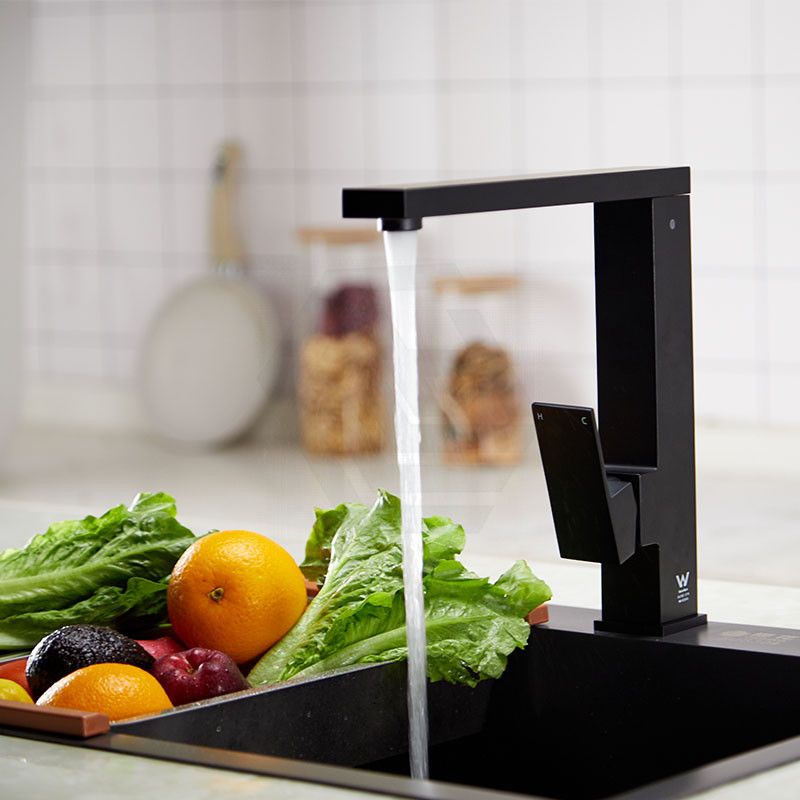
Single-Handle Faucets
If you are considering a single-handle faucet, check the distance to the backsplash or window ledge, as the rotation of the handle may hit whatever is behind it. If you have additional sink holes, you can purchase a separate spray nozzle or soap dispenser.
Pros: Single-handle faucets are easier to use and install and take up less space than two-handle faucets.
Cons: They may not allow quite as precise temperature adjustments as two-handle faucets.
Two-Handle Faucets
This traditional setup has separate hot and cold handles to the left and right of the faucet. Two-handle faucets have handles that can be part of the baseplate or separately mounted, and the sprayer is usually separate.
Pros: Two handles may allow slightly more precise temperature adjustments than a single handle faucet.
Cons: A faucet with two handles is harder to install. You need both hands to adjust the temperature.
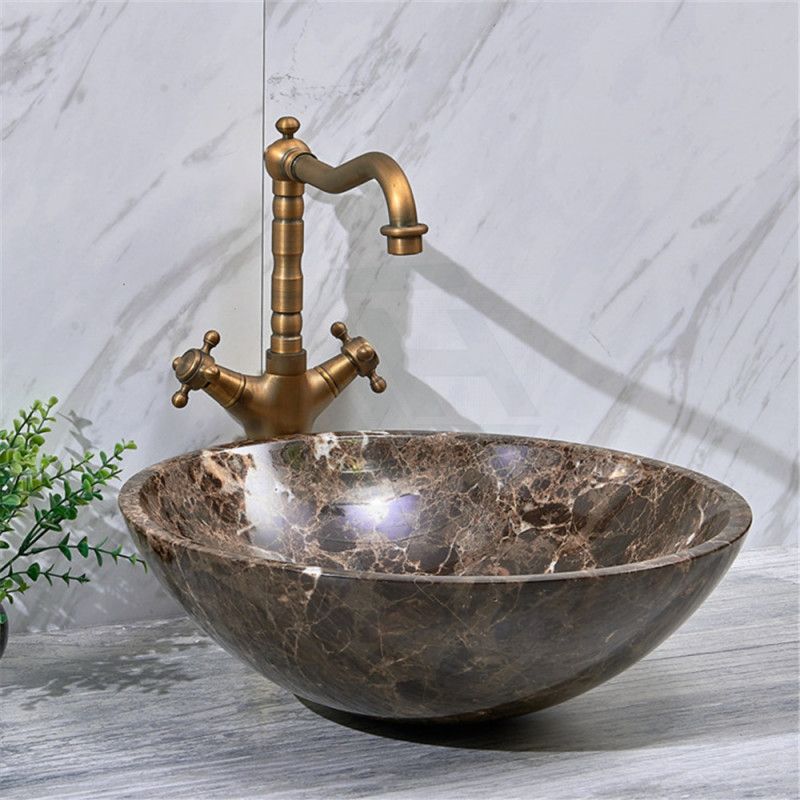
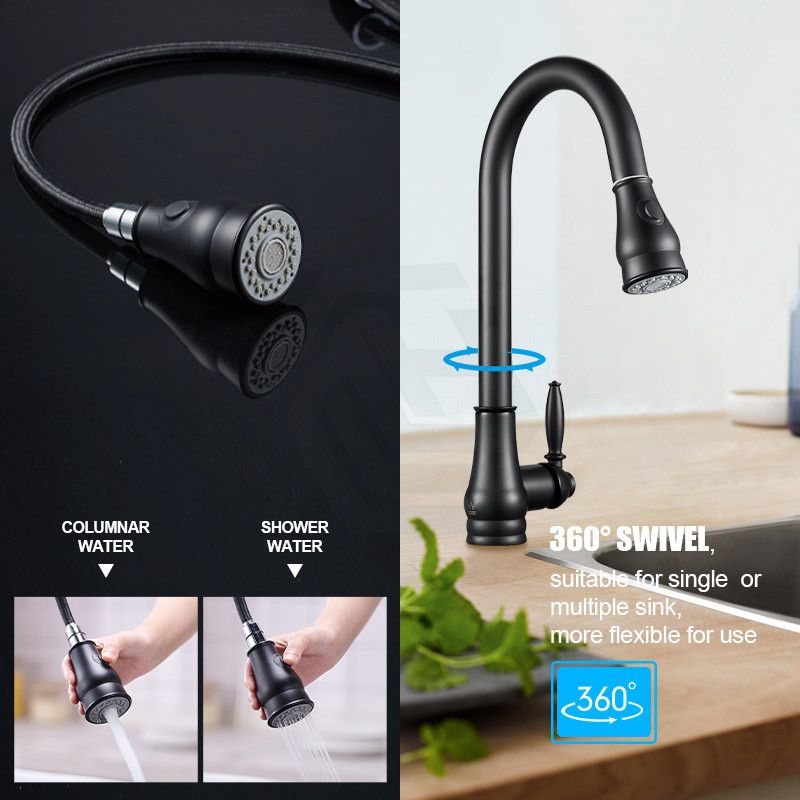
Pull-Out & Pull-Down Faucets
The spout pulls out or down from the single-handle faucet head on a hose; a counterweight helps the hose and spout to retract neatly.
Pros: A pullout spout comes in handy when rinsing vegetables or the sink itself. The hose should be long enough to reach all corners of the sink.
Cons: If you have a small sink, you may not need this feature.
Hands-Free Faucets
The best models have an activator on the front of the faucet so it’s easy to locate. Look for the option of switching to manual operation by simply sliding a movable panel to cover the sensor.
Pros: Convenience and cleanliness. Water is activated by a movement sensor, so if your hands are full, or dirty, you don’t have to touch the fixture.
Cons: Some designs hide the activator toward the bottom or back of the faucet, making them hard to find when your hands are full or messy. Others required you to tap the faucet to get water flowing and then you'll have to wash the spot you touched.
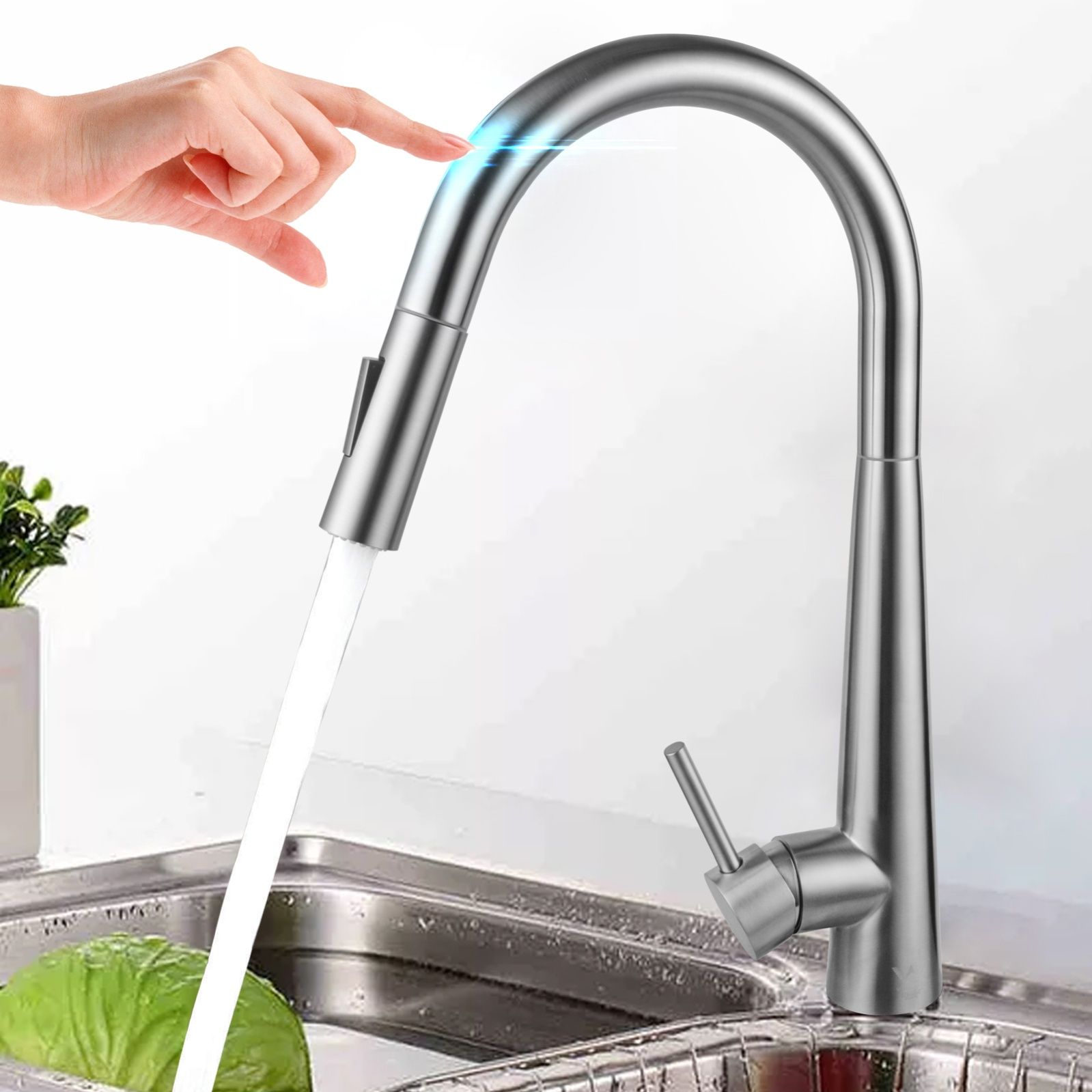
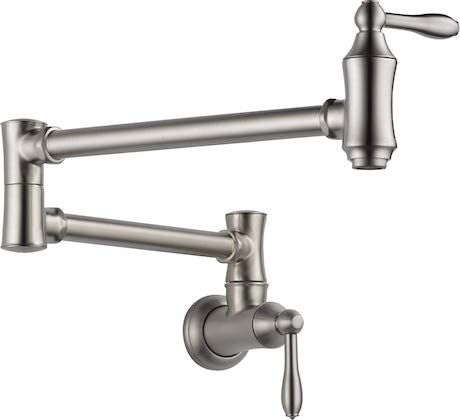
Pot-Filler Faucets
Common in restaurant kitchens, pot-filler faucets now come scaled for use in the home. Either deck- or wall-mounted pot fillers are installed near the stove, and have articulated arms to fold away when not in use.
Pros: Ease and convenience. Filling an oversized pot directly where it will cook means no more lugging heavy pots across the kitchen.
Cons: Must be connected to a water source behind the stove. Unless you’re a serious cook, you may not need or use this faucet much.
Bar Faucets
Many high-end kitchen designs are including smaller, secondary sinks that can free up space at your main sink and make prep like washing vegetables easier, especially if there is more than one cook in the kitchen. Smaller, bar faucets are made for these sinks and often come in styles that match the main faucet.
Pros: Can be connected directly to an instant hot water dispenser, or to a cold filtered water dispenser.
Cons: Space is always a consideration. Consider whether this feature is something you will use.
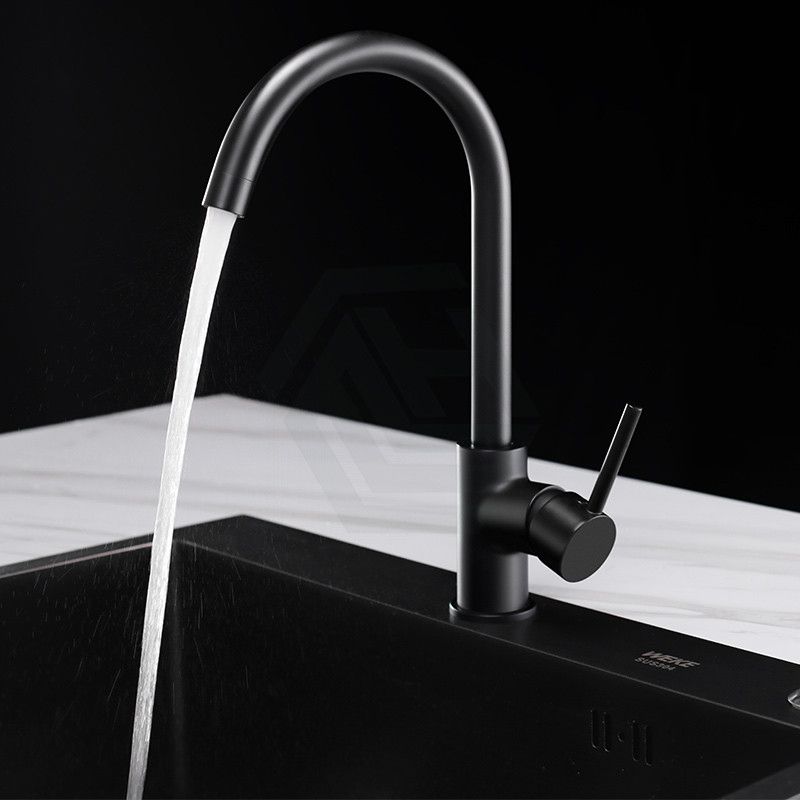
Post time: Jan-07-2022

